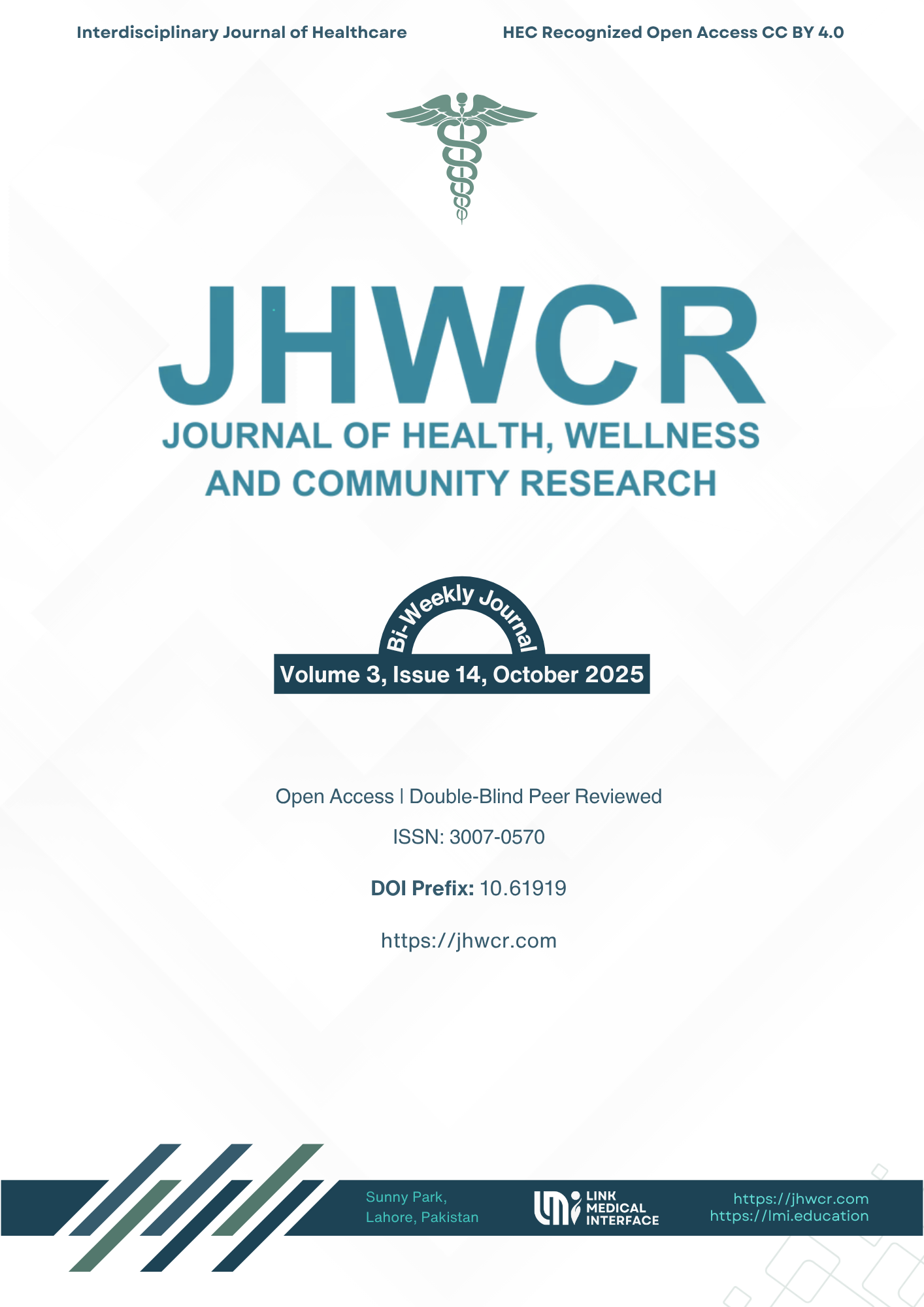Effect of Short Foot Exercises on Pain and Foot Posture in Patients with Acquired Pes Planus
DOI:
https://doi.org/10.61919/1yrwcm59Keywords:
Pes planus; Flatfoot; Short-foot exercises; Foot posture index; Navicular drop; Intrinsic foot musclesAbstract
Background: Pes planus, or flatfoot, is a prevalent musculoskeletal condition characterized by collapse of the medial longitudinal arch and excessive pronation, often leading to foot pain and postural imbalance during weight-bearing activities. Conventional management focuses on footwear modification and orthoses; however, intrinsic muscle training has recently gained attention for restoring dynamic arch stability through neuromuscular re-education (1–3). Objective: To evaluate the effect of a six-week short-foot exercise (SFE) program on pain and foot posture in adults with acquired flexible pes planus. Methods: A quasi-experimental study was conducted among 41 participants aged 18–35 years with bilateral flexible pes planus (FPI 6–12, navicular drop >10 mm). Participants were divided into treatment (n = 21) and control (n = 20) groups. The treatment group performed progressive short-foot exercises (seated → double-leg → single-leg stance) daily for six weeks, while controls received only education and footwear advice. Pain intensity was assessed using the Visual Analogue Scale (VAS), and foot posture was evaluated using the Foot Posture Index (FPI) and Navicular Drop Test (NDT). Nonparametric tests (Mann–Whitney U, Wilcoxon signed-rank) and Cohen’s d effect sizes were computed with significance set at p < 0.05. Results: Post-intervention, the treatment group demonstrated significant reductions in pain (VAS: 7.10 ± 1.09 to 4.14 ± 1.11, p < 0.001, d = 1.30) and improved right-foot posture (FPI: 7.05 ± 0.91 to 6.19 ± 0.40, p < 0.001; NDT: 11.8 ± 1.4 mm to 10.6 ± 1.1 mm, p = 0.006). No significant changes were observed in the left foot (p > 0.17). Ninety-five percent of treated participants achieved ≥30% pain reduction versus 35% in controls (χ² = 15.7, p < 0.001). Conclusion: Short-foot exercises significantly reduce pain and enhance right-foot posture in flexible pes planus, offering an effective, low-cost, and noninvasive rehabilitation strategy for improving intrinsic muscle control and medial arch function.
Downloads
Published
Issue
Section
License
Copyright (c) 2025 Amna Iram, Munaza Aman, Kashifa Aziz, Bilal Abdullah, Areeba Shahid Chaudhary (Author)

This work is licensed under a Creative Commons Attribution 4.0 International License.


